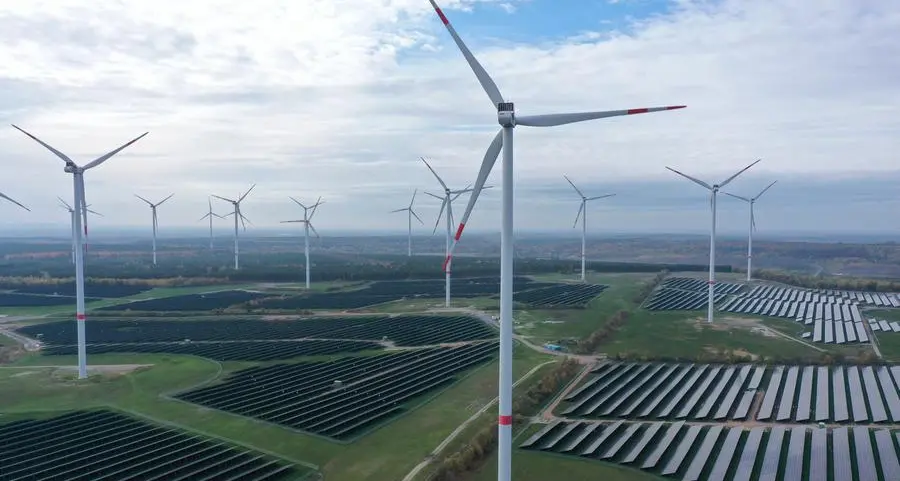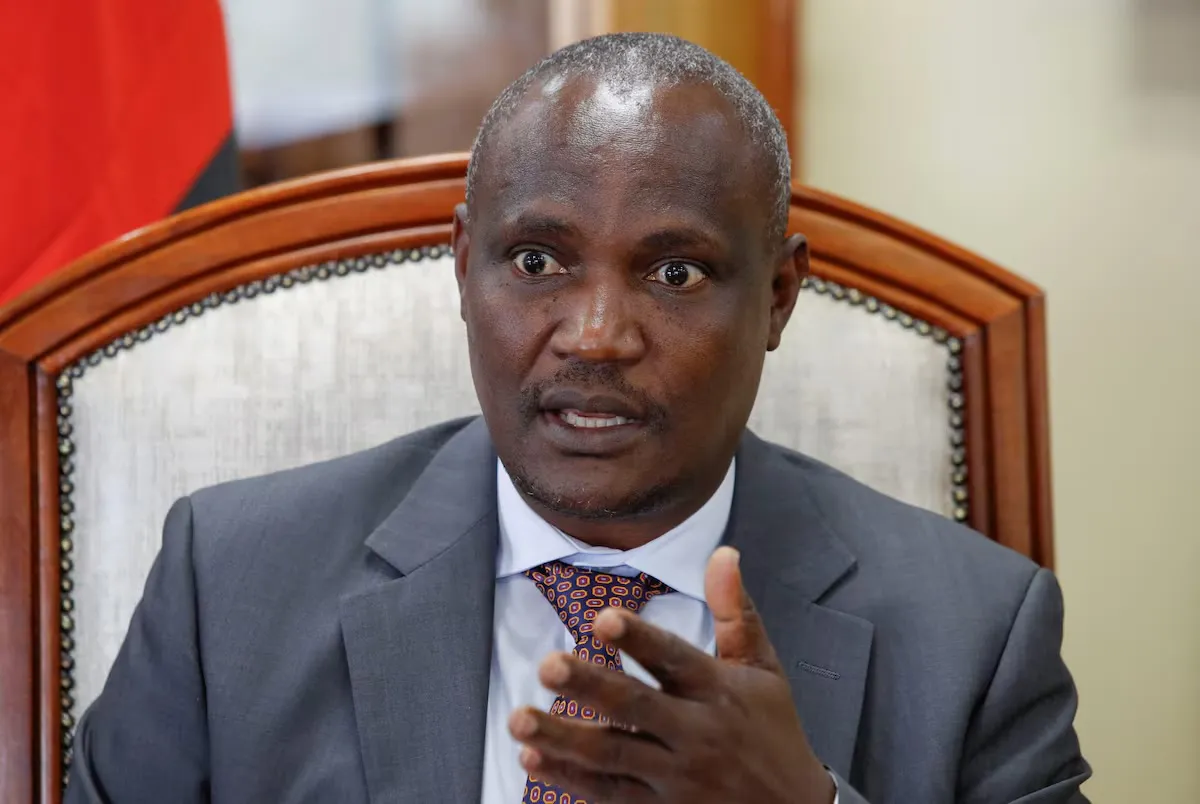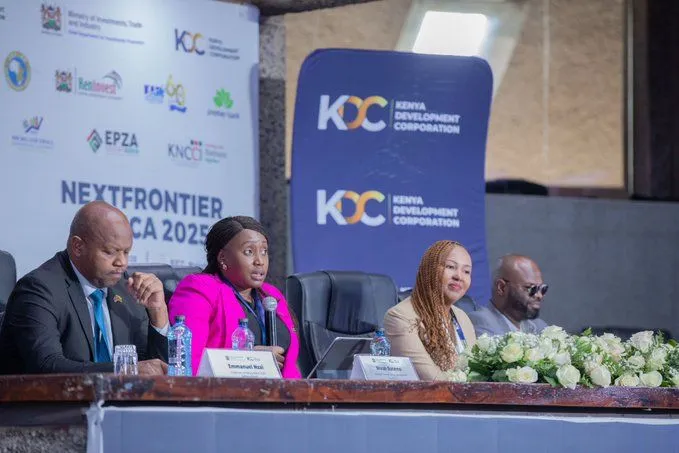The International Energy Agency’s (IEA) groundbreaking report, The Future of Geothermal Energy, forecasts an extraordinary $2.5 trillion global investment in geothermal energy by 2050. This dramatic expansion reflects the accelerating global transition toward clean energy, with geothermal poised to play a pivotal role in meeting the world’s growing electricity and heating demands. If realized, geothermal could account for 15% of global electricity demand growth, marking a significant leap from its current contribution of just 1%.
Unleashing Geothermal Potential
According to the IEA, the deployment of advanced technologies could enable up to 800 gigawatts (GW) of geothermal energy capacity worldwide by 2050. This output would rival the combined electricity needs of the United States and India today. Central to this growth are next-generation geothermal systems, which promise to overcome traditional constraints by unlocking geothermal resources in previously untapped regions.
Enhanced Geothermal Systems (EGS), in particular, are driving this revolution. Unlike traditional geothermal plants that rely on naturally occurring reservoirs, EGS create engineered systems to extract heat from deep underground. These innovations expand geothermal’s reach beyond regions with ideal geological conditions, offering universal applicability and scalability.
Key Economic Benefits
Geothermal energy represents a rare opportunity to combine sustainability with economic growth. The IEA projects that costs for geothermal electricity generation could decline by as much as 80% by 2035, reaching an average of $50 per megawatt-hour (MWh). This would position geothermal energy as a cost-competitive alternative to fossil fuels and intermittent renewables such as solar and wind.
Additionally, the report highlights the economic synergies between geothermal and the oil and gas industry. Up to 80% of geothermal investment relies on transferable skills and technologies from oil and gas operations, including drilling, reservoir management, and exploration. This alignment could facilitate a smoother transition for the fossil fuel workforce into the clean energy economy, creating an estimated one million jobs globally in the geothermal sector by 2030.
Geothermal’s Decarbonization Impact
Geothermal energy is uniquely suited to support global decarbonization efforts. Unlike solar and wind power, which are dependent on weather conditions, geothermal offers a stable, round-the-clock energy source. This makes it a crucial complement to intermittent renewables in achieving net-zero emissions targets.
Beyond electricity, geothermal has vast potential in decarbonizing heating and cooling—a sector responsible for a significant share of global carbon emissions. Technologies such as geothermal heat pumps (GHPs) and district heating systems could revolutionize how energy is consumed in buildings and urban centers:
- Geothermal Heat Pumps: GHPs provide efficient heating and cooling for homes and businesses by leveraging stable underground temperatures. By 2050, the U.S. alone could deploy these systems in 28 million households, meeting 25% of national heating and cooling demand.
- District Heating Systems: In densely populated areas, geothermal district heating networks could replace fossil-fuel-based systems, potentially serving 45 million U.S. households by mid-century. Globally, these systems could drastically reduce reliance on natural gas for heating.
Policy and Regulatory Challenges
Despite its immense potential, geothermal energy faces significant barriers. Currently, only 30 countries have specific policies to promote geothermal development, compared to over 100 for solar and wind. Regulatory uncertainty, high upfront costs, and limited public awareness have hindered geothermal’s growth relative to other renewables.
The IEA emphasizes the need for clear, long-term policy frameworks to attract private investment and mitigate risks in the early stages of geothermal projects. Tax incentives, clean energy standards, and streamlined permitting processes are critical to leveling the playing field for geothermal energy. For example, the U.S. Department of Energy’s Enhanced Geothermal Shot™ initiative aims to expand geothermal deployment twentyfold by 2050, with robust federal support driving innovation and reducing costs.
Global Leadership and Regional Initiatives
Countries worldwide are recognizing the transformative potential of geothermal energy:
- United States: With abundant geothermal resources, the U.S. is poised to lead global efforts. The Department of Energy’s Pathways to Commercial Liftoff report envisions up to 90 GW of geothermal capacity by 2050, supported by advancements in EGS and favorable policies under the Inflation Reduction Act.
- Indonesia: Home to the world’s largest geothermal reserves, Indonesia has ambitious plans to expand its geothermal capacity to 9.3 GW by 2030, driven by government incentives and international partnerships.
- Europe: Countries such as Germany, Italy, and Iceland are investing heavily in geothermal energy for both electricity and district heating. Iceland, in particular, generates nearly 100% of its electricity from renewable sources, with geothermal playing a central role.
Technological Innovation
Innovation is at the heart of geothermal’s bright future. Advances in drilling techniques, reservoir management, and resource mapping are reducing costs and improving efficiency. Additionally, new technologies are making it possible to harness “superhot” geothermal resources, which could deliver significantly higher energy outputs than conventional systems.
The integration of artificial intelligence (AI) and machine learning in exploration and operations is another game-changer. These tools enable precise identification of geothermal hotspots, minimizing risks and optimizing resource extraction.
Economic and Environmental Co-Benefits
Geothermal energy offers a dual benefit of economic growth and environmental sustainability. Its development could offset more than 1.75 billion metric tons of carbon dioxide emissions annually by 2050—equivalent to removing 26 million cars from the road each year. Furthermore, geothermal projects have relatively small land-use footprints compared to other renewables, preserving ecosystems and biodiversity.
The expansion of geothermal energy also contributes to energy security and resilience. By diversifying the energy mix, countries can reduce dependence on imported fuels and enhance grid reliability, particularly in regions prone to extreme weather events.
The Path Ahead
Realizing the IEA’s $2.5 trillion investment forecast will require concerted efforts from governments, industries, and communities. Key priorities include:
- Scaling Innovation: Continued research and development in EGS and other technologies are essential to unlock geothermal’s full potential.
- Building Awareness: Public education campaigns can increase acceptance of geothermal energy and drive demand for its adoption in residential and commercial applications.
- Strengthening Partnerships: Collaboration between public and private sectors, as well as between industries such as oil and gas and renewables, will accelerate geothermal deployment.
- Global Cooperation: International agreements and knowledge-sharing platforms can help countries overcome common challenges and achieve shared goals.
Conclusion
As the world intensifies its fight against climate change, geothermal energy stands out as a powerful ally. Its ability to provide reliable, low-carbon energy around the clock makes it a cornerstone of the global clean energy transition. With the right policies, investments, and innovations, geothermal could deliver not only on its $2.5 trillion promise but also on its potential to transform the energy landscape and secure a sustainable future for generations to come.
Ready to take your career to the next level? Join our dynamic courses: ACCA, HESI A2, ATI TEAS 7 , HESI EXIT and NCLEX – RN !🌟 Dive into a world of opportunities and empower yourself for success. Explore more at Serrari Ed and start your exciting journey today! ✨
photo source: Google
By: Montel Kamau
Serrari Financial Analyst
16th December, 2024
Article, Financial and News Disclaimer
The Value of a Financial Advisor
While this article offers valuable insights, it is essential to recognize that personal finance can be highly complex and unique to each individual. A financial advisor provides professional expertise and personalized guidance to help you make well-informed decisions tailored to your specific circumstances and goals.
Beyond offering knowledge, a financial advisor serves as a trusted partner to help you stay disciplined, avoid common pitfalls, and remain focused on your long-term objectives. Their perspective and experience can complement your own efforts, enhancing your financial well-being and ensuring a more confident approach to managing your finances.
Disclaimer: This article is for informational purposes only and does not constitute financial advice. Readers are encouraged to consult a licensed financial advisor to obtain guidance specific to their financial situation.
Article and News Disclaimer
The information provided on www.serrarigroup.com is for general informational purposes only. While we strive to keep the information up to date and accurate, we make no representations or warranties of any kind, express or implied, about the completeness, accuracy, reliability, suitability, or availability with respect to the website or the information, products, services, or related graphics contained on the website for any purpose. Any reliance you place on such information is therefore strictly at your own risk.
www.serrarigroup.com is not responsible for any errors or omissions, or for the results obtained from the use of this information. All information on the website is provided on an as-is basis, with no guarantee of completeness, accuracy, timeliness, or of the results obtained from the use of this information, and without warranty of any kind, express or implied, including but not limited to warranties of performance, merchantability, and fitness for a particular purpose.
In no event will www.serrarigroup.com be liable to you or anyone else for any decision made or action taken in reliance on the information provided on the website or for any consequential, special, or similar damages, even if advised of the possibility of such damages.
The articles, news, and information presented on www.serrarigroup.com reflect the opinions of the respective authors and contributors and do not necessarily represent the views of the website or its management. Any views or opinions expressed are solely those of the individual authors and do not represent the website's views or opinions as a whole.
The content on www.serrarigroup.com may include links to external websites, which are provided for convenience and informational purposes only. We have no control over the nature, content, and availability of those sites. The inclusion of any links does not necessarily imply a recommendation or endorsement of the views expressed within them.
Every effort is made to keep the website up and running smoothly. However, www.serrarigroup.com takes no responsibility for, and will not be liable for, the website being temporarily unavailable due to technical issues beyond our control.
Please note that laws, regulations, and information can change rapidly, and we advise you to conduct further research and seek professional advice when necessary.
By using www.serrarigroup.com, you agree to this disclaimer and its terms. If you do not agree with this disclaimer, please do not use the website.
www.serrarigroup.com, reserves the right to update, modify, or remove any part of this disclaimer without prior notice. It is your responsibility to review this disclaimer periodically for changes.
Serrari Group 2025





